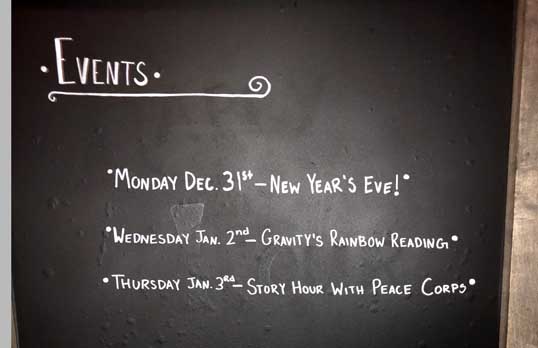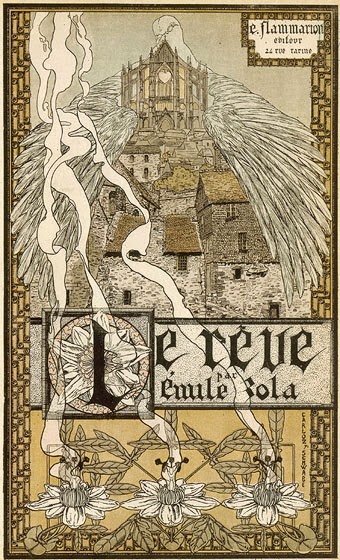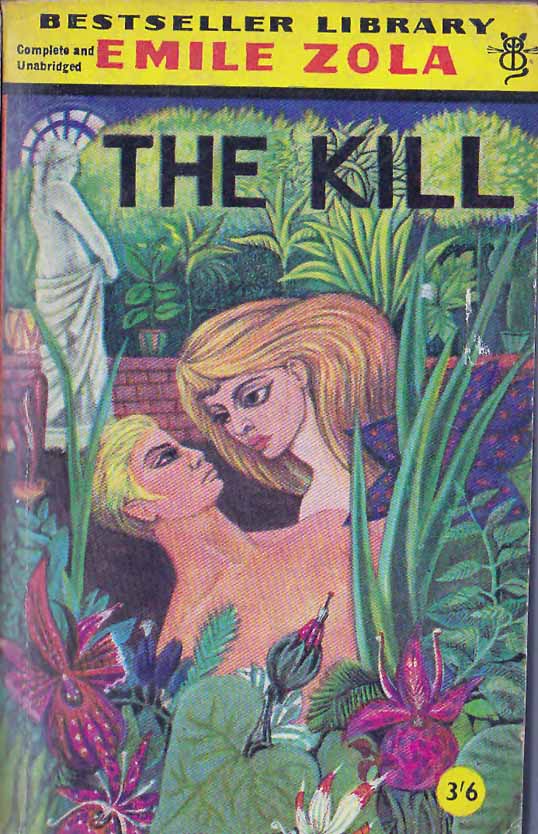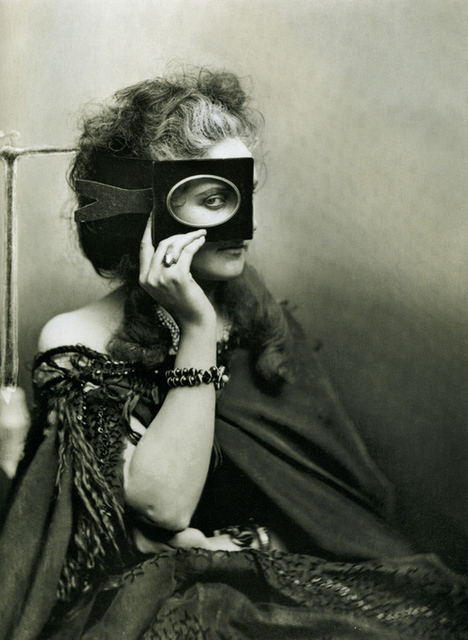“And then there was pain and blood and tears, all those things that cause suffering and revolt, the killing of Françoise, the killing of Fouan, vice triumphing, and the stinking, bloodthirsty peasants, vermin who disgrace and exploit the earth. But can you really know? Just as the frost that burns the crops, the hail that chops them down, the thunderstorms which batter them are all perhaps necessary, maybe blood and tears are needed to keep the world going. And how important is human misery when weighed against the mighty mechanism of the stars and the sun? What does God care for us? We earn our bread only by dint of a cruel struggle, day in, day out. And only the earth is immortal, the Great Mother from whom we spring and to whom we return, love of whom can drive us to crime and through whom life is perpetually preserved for her own inscrutable ends, in which even our wretched degraded nature has its part to play.”
― Émile Zola, The Earth (La Terre)
It was September, 2018 when I started reading the twenty novel Rogon-Macquart cycle by Emile Zola. Last night, I finished La Terre (The Earth), the eighteenth in the recommended reading order (the fifteenth published).
Here’s what I’ve read so far:
- La Fortune des Rougon (1871) (The Fortune of the Rougons)
- Son Excellence Eugène Rougon (1876) (His Excellency Eugene Rougon/ His Excellency)
- La Curée (1871-2) (The Kill)
- L’Argent (1891) (Money)
- Le Rêve (1888) (The Dream)
- La Conquête de Plassans (1874) (The Conquest of Plassans/A Priest in the House)
- Pot-Bouille (1882) (Pot Luck/Restless House/Piping Hot)
- Au Bonheur des Dames (1883) (The Ladies’ Paradise/Shop Girls of Paris/Ladies’ Delight)
- La Faute de l’Abbé Mouret (1875) (The Sin of Father Mouret/Abbe Mouret’s Transgression)
- Une Page d’amour (1878) (A Lesson in Love/A Love Episode/A Page of Love/A Love Affair)
- Le Ventre de Paris (1873) (The Belly of Paris/The Fat and the Thin/Savage Paris/The Markets of Paris)
- La Joie de Vivre (1884) (The Joys of Living/Joy of Life/How Jolly Life Is/Zest for Life)
- L’Assommoir (1877) (The Dram Shop/The Gin Palace/Drink/Drunkard) and the movie Gervaise
- L’Œuvre (1886) (The Masterpiece/A Masterpiece/His Masterpiece)
- La Bête Humaine (1890) (The Beast in the Man/The Human Beast/The Monomaniac)
- Germinal (1885)
- Nana (1880)
- La Terre (1887) (The Earth/The Soil)
- La Débâcle (1892) (The Downfall/The Smash-up/The Debacle)
- Le Docteur Pascal (1893) (Doctor Pascal)
La Terre was a long (500 plus pages) book, but not too difficult – there were fewer characters and their relationships were a lot less complicated than in, say, Nana or Au Bonheur des Dames.
The connection to the rest of the Rougon-Macquart novels is Jean Macquart. He is the brother of Gervaise from L’Assommoir and Nana’s uncle. Jean is a drifter, an army veteran, who gives up being a carpenter to work as a field laborer in a vast wheat-growing area known as La Beauce. He stays for a decade and becomes part of the territory, although the people there never view him as one of their own. It reminded me of Germinal where a Macquart (Etienne Lantier, Jean’s nephew) show up and in desperation finds work and tries, unsuccessfully to become part of the community.
Most of the plot revolves around the family of the elderly farmer Fouan who is forced by age to divide his meager lands among his three children. There is a fourth, young daughter, Françoise, who becomes involved with Jean Macquart. The plot is obviously inspired by King Lear where jealousy, greed, and treachery among siblings leads to madness, disaster, and death.
Things do not end well.
And hanging over everyone in the book is the fear of vast quantities of cheap American Wheat starting to flow across the Atlantic and reduce the price of agricultural products so much the French farmers are facing doom. My family comes from wheat farmers in Kansas – to me that was an interesting fear and description of the vast Midwest plains of endless grain and mechanized agriculture.
The book is not as well known as some of Zola’s other work – but it is unquestionably a masterpiece. It took me too long to start and too long to get through, but it was very good, although depressing and not very kind to the idea of man’s ultimate goodness. There are no heroes in the book, not really even Jean himself – though he may be the only character that the reader won’t decry as evil.
So on to the next… only two to go. I do think I’ll take a break from Zola for a bit…. My Kindle is filling up, I need to sit down with pen and paper and work through a reading plan – organize my fiction and non-fiction… I’m be back to you with what I decide.
Wish me luck.















